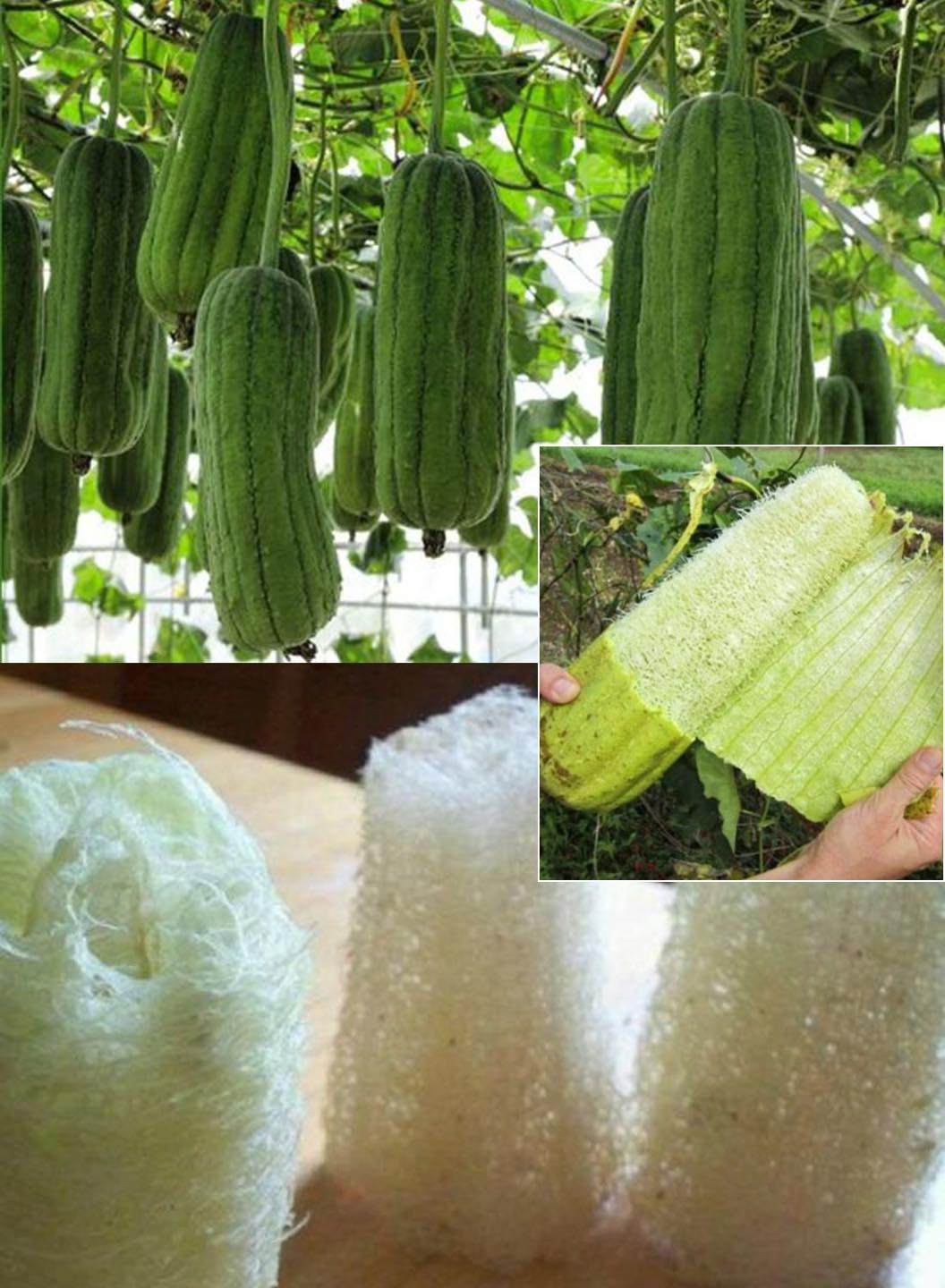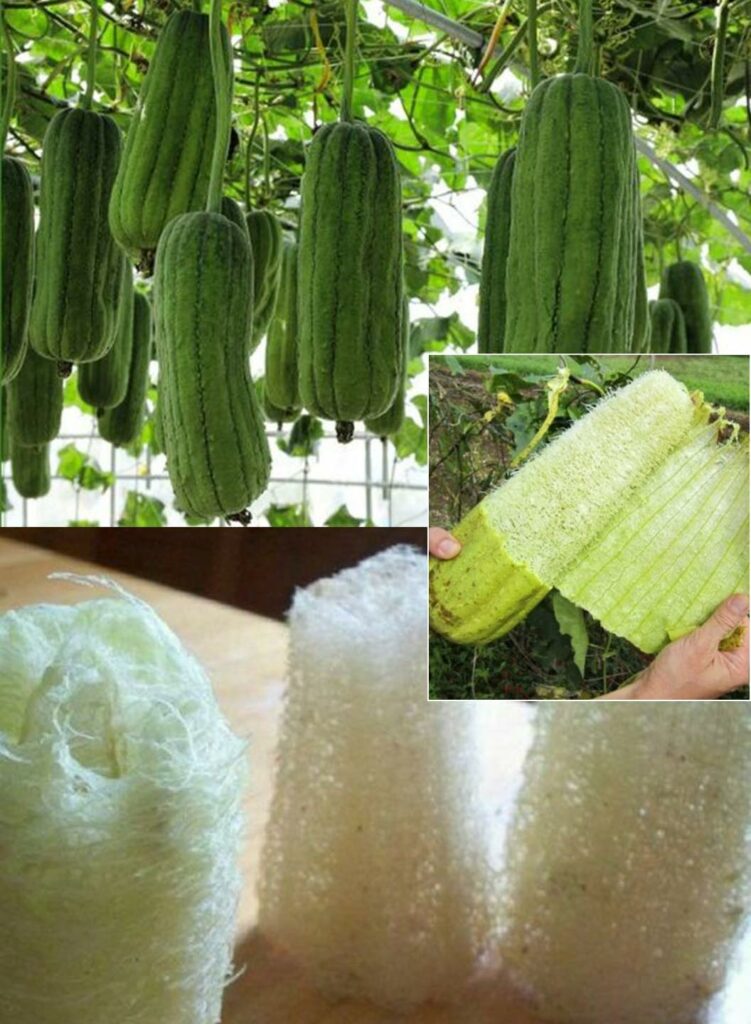

El cultivo de luffa, también conocido como esponja vegetal o esponja, es un proyecto de jardinería único y gratificante. No solo puedes cultivar una planta útil, sino que también puedes convertirla en esponjas naturales y biodegradables. Aquí hay una guía detallada paso a paso sobre cómo cultivar luffa y transformarlos en esponjas.
Las calabazas Luffa son vides tropicales conocidas por su tejido fibroso, que, cuando se secan, se pueden usar como un depurador natural. No solo son ecológicos, sino también una excelente alternativa a las esponjas sintéticas.

Materiales Necesarios
- Semillas de luffa
- Suelo bien drenado
- Compost
- Trellis o estructura de soporte
- Lata o sistema de riego
- Tijeras de podar
- Bañera grande o contenedor
- Blanqueador (opcional)
- Guantes
Guía Paso a Paso
1. Inicio de Semillas
- Start your luffa seeds indoors 6-8 weeks before the last frost date.
- Plant the seeds in well-draining soil and keep them in a warm, sunny spot.
- Keep the soil moist until germination, which usually takes 7-14 days.
2. Transplanting
- After the threat of frost has passed and the seedlings are strong enough, transplant them outdoors.
- Choose a sunny location with a trellis or support for the vines to climb.
- Space the plants about 24 inches apart.
3. Caring for Luffa Plants
- Water the luffa plants regularly. They thrive in moist but not waterlogged soil.
- Add compost or a balanced fertilizer to encourage growth.
- Train the vines onto the trellis to support their growth.
4. Harvesting
- Luffa gourds are ready to harvest when they feel lightweight and the skin begins to shrivel and turn brown, usually in late fall.
- Cut the gourds from the vine with pruning shears, leaving a few inches of stem.

5. Peeling and Cleaning
- Soak the harvested luffa in water for a few days to loosen the skin.
- Peel off the outer skin and remove any remaining seeds (which can be saved for next season).
- Thoroughly rinse the sponge to remove sap and debris.
6. Bleaching (Optional)
- To whiten your luffa sponge, soak it in a solution of bleach and water (1 part bleach to 10 parts water) for a few hours.
- Rinse the sponge thoroughly after bleaching.
7. Drying
- Squeeze out excess water and hang the luffa in a well-ventilated area to dry completely.
- Ensure it is completely dry to prevent mold or mildew.
8. Corte y Forma
- Una vez seco, corte la luffa en las longitudes deseadas con un cuchillo afilado o tijeras.
- Recorte los bordes ásperos para dar forma a su esponja.
Cultivar su propia luffa y convertirla en esponjas naturales es un proyecto satisfactorio y ecológico. Estas esponjas son excelentes para el uso de la cocina, exfoliantes en el baño o incluso como regalos ecológicos.

Consejos
- Las plantas de Luffa necesitan una larga temporada de crecimiento; considere comenzar en interiores si vive en un clima más fresco.
- La poda regular puede fomentar una mayor producción de fruta.
- Use calabazas de luffa maduras para esponjas, ya que las calabazas más jóvenes son menos fibrosas.
Siguiendo estos pasos, puede cultivar, cosechar y procesar con éxito calabazas de luffa en esponjas naturales y sostenibles para su hogar. ¡Disfruta de este viaje verde desde el jardín hasta la cocina o el baño!
